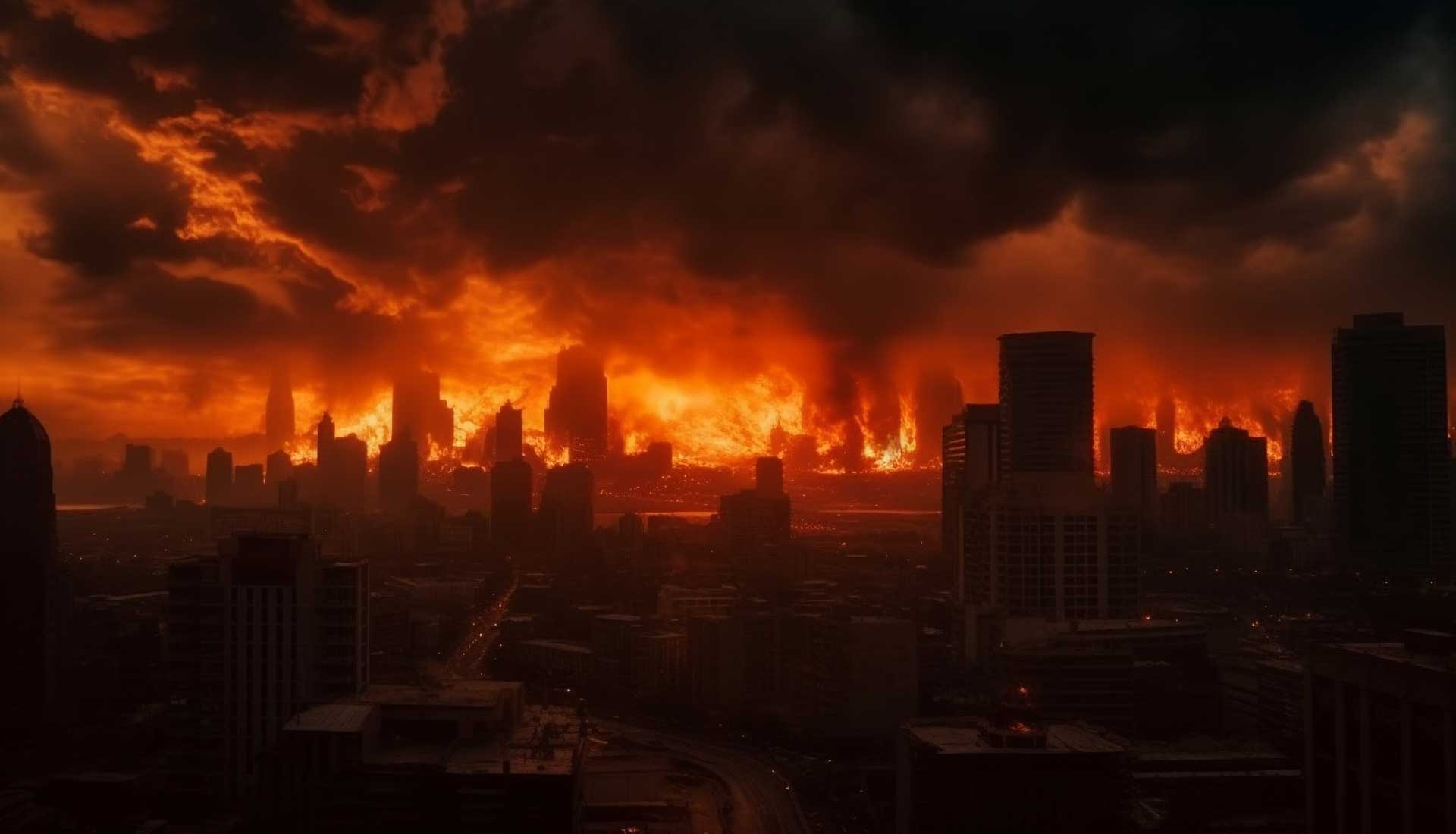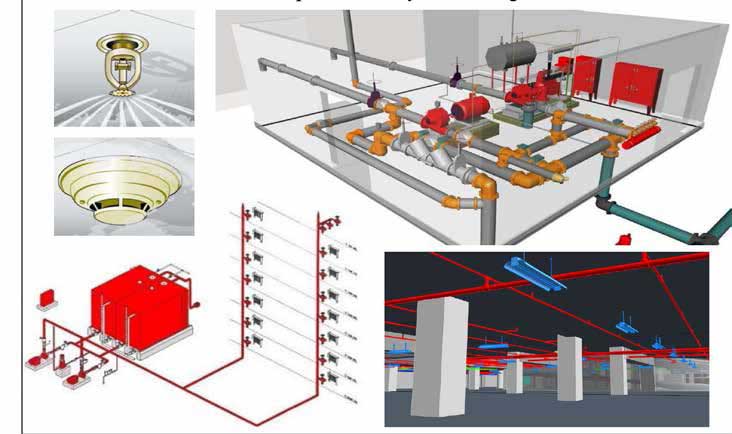Fire fighting BIM (Building Information Modeling) can play several important roles in fire prevention, suppression, and mitigation. Also can help to improve the safety and effectiveness of fire fighting operations by providing accurate and detailed information about the building and its fire protection systems. It can be used during the design and planning stages to create a 3D digital model of the building and its fire protection systems. This can help architects, engineers, and firefighters to better understand the building’s layout, potential fire hazards, and the most effective ways to prevent and respond to fires.
FIRE RISK ASSESSMENT
It can be used to conduct fire risk assessments, which involve analyzing the building’s design, materials, and systems to identify potential fire hazards and develop strategies for reducing the risk of fire.
FIRE SUPPRESSION SYSTEM DESIGN
It can be used to design fire suppression systems such as sprinklers, alarms, and smoke detectors. The digital model can be used to simulate the effectiveness of different systems in different scenarios, and to optimize the placement of these systems for maximum effectiveness.
EMERGENCY RESPONSE PLANNING
Can be used to develop emergency response plans for firefighters and other first responders. This can include creating digital models of the building that can be used to simulate various emergency scenarios, such as the spread of fire, smoke, and toxic gases, and to plan the most effective evacuation and fire fighting strategies.
MAINTENANCE AND UPDATES
Can be used to keep track of the building’s fire protection systems and to schedule regular maintenance and updates to ensure that these systems are functioning properly and are up to code.



